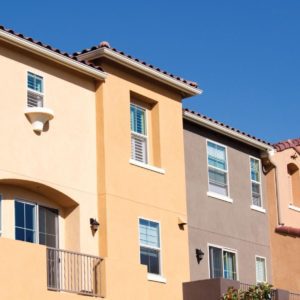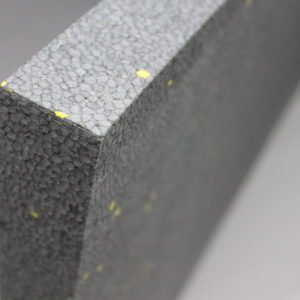With the sun hopefully setting on the worst of the COVID-19 outbreak, seniors’ housing needs are still evolving. While many changes at the outset of the pandemic were reactionary, there are some lasting elements that will be here to stay.

Mixed-use developments and age-inclusive design
Gensler’s Reconnect: Design Strategies for a post-COVID World report notes that today’s older adults are thriving in more urban environments as they crave multi-generational experiences. This means the creation of more mixed-use hubs may be in the future. The report also offers some insights into design changes that should help tackle ageism.
Age-inclusive design takes into account vision, hearing, balance, memory, touch, and more. To respond to diverse consumer needs, the industry has begun to design cities, communities, buildings, and products to promote a world that supports all ages. From wider sidewalks, to “slow” streets, parks with activities for people of all ages, touchless doors, modular lounge furniture, and flooring materials that reduce slips and falls, the opportunities to enrich the lives of older adults are endless.
Healthcare to the forefront
The pandemic has elevated the need for healthcare options. While hotel-like amenities were previously a big part of a senior living operator’s marketing play, healthcare options are now moving towards the forefront as residents are drawn to the prospect of undergoing care close to home.
Maria Nadelstumph, senior vice president, Center of Excellence at Brandywine Living, noted this at National Investment Center for Seniors Housing and Care’s Trends That Will Shape Senior Living Post-Pandemic event. Nadelstumph stated that, pre-COVID, operators were keeping healthcare-related offerings in the background in order to preserve the social and community aspects of properties.
“We have licensed nurses and clinical capabilities in our buildings, but we don’t want it to be in your face…putting in healthcare layers of support service, whether it’s telehealth, or onsite clinics, or physicians coming in-house, or therapy; whatever it might be; there’s a way to do both to make sure that it’s the right marriage.” She said operators must make sure their healthcare partners are fully aligned, to be a part of the team rather than transactional vendors.
Tech plays a role
An International Council on Active Aging Forum brought together leaders across this industry back in November and identified a number of trends that are thought to be part of future-proofing this housing type. As reported on this Forum by McKnight’s Senior Living, technology should play a major role.
Future demand means technology-enabled spaces for both staff and residents. Internet connections, software and hardware need to be available both indoors and outdoors. Wearable technologies, including activity trackers and heart rate monitors, and rooms outfitted with smart utilities, remote monitoring, voice-activated systems and in-house channels embedded in living and service areas, are important to future residents.


